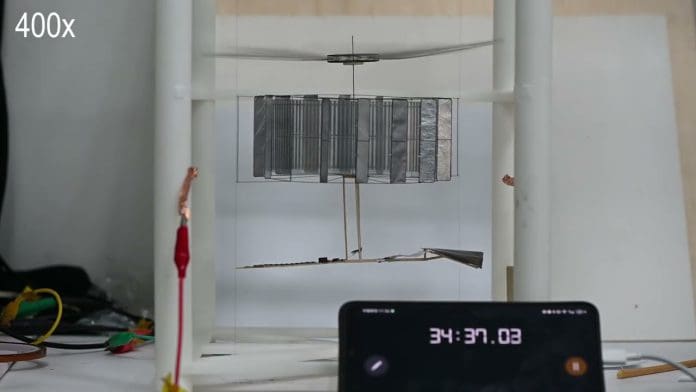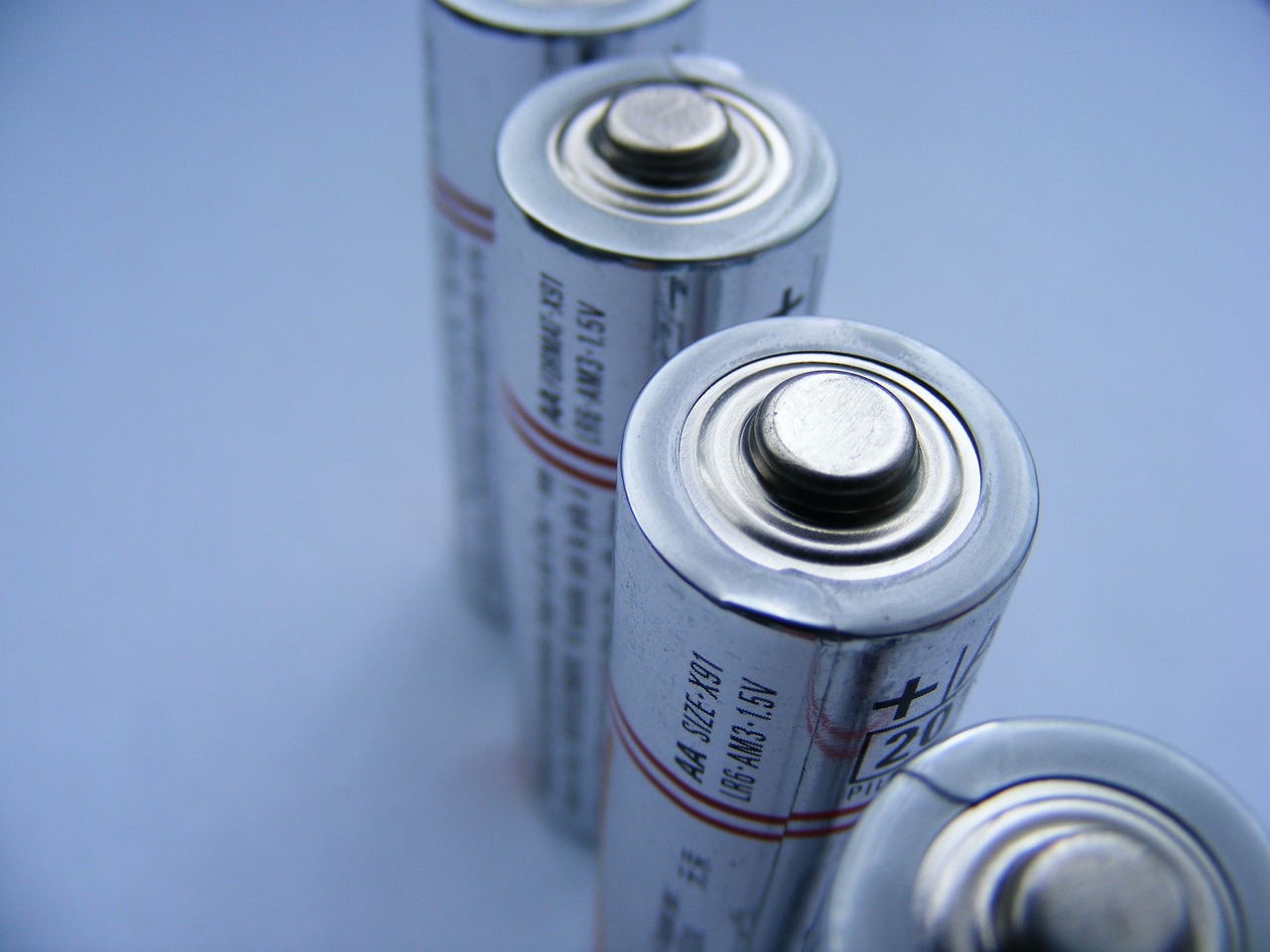Researchers at the Beihang University in Beijing have developed an ultralight solar-powered drone weighing only 4 grams, capable of continuous daytime flight. The drone, called ColumbFly, utilizes a unique propulsion system where opposing charges between stationary and rotating plates create repulsive forces, akin to magnets, powering the rotor blades and lifting off the ground into flight.
With a lift efficiency of 30.7 grams per watt and a power consumption of just 0.568 watts, the drone achieves untethered flight for up to one hour, carrying payloads like small sensors or controls.
Traditional micro aerial vehicles (MAVs), including previous solar-powered attempts, face flight time limitations, typically lasting no more than 10 minutes due to inefficient propulsion systems and payload constraints. ColumbFly addresses these challenges with a motor design featuring an inner ring of stationary charged plates made from lightweight carbon fiber with aluminum foil, and adjacent stator plates that bear opposite charges, encircled by a ring of 64 rotating plates, as reported on Interesting Engineering and Ars Technica. The process begins when the outer ring plates are charged, triggering attraction between opposite stator plates and initiating rotation. As the stator and rotor plates align closely, contact through thin wires facilitates the transfer and equalization of charges, transforming attraction into repulsion. This mechanism maintains rotor movement, ensuring that each succeeding rotor plate retains opposite charges compared to the adjacent stator plate.
The drone harnesses solar energy through gallium arsenide solar cells, achieving 30% efficiency despite requiring a high-voltage converter due to low initial voltage. This was a calculated decision, as low weight was prioritized over efficiency. This setup ensures sustained flight by generating a 920 watts per square meter power under natural sunlight.
Future enhancements proposed by the researchers include increasing motor torque, enhancing propeller lift, integrating solar cells into structural components, and optimizing voltage converters, as reported by Ars Technica and Interesting Engineering. These improvements aim to further boost endurance and payload capacity, advancing the practical applications of solar-powered drones for extended operational tasks.
Despite current limitations, such as significant power loss during voltage conversion, ColumbFly exemplifies a groundbreaking approach in MAV technology, merging lightweight design with solar power innovation to achieve unprecedented flight capabilities under natural sunlight conditions.
The details of the team’s research were published in the journal Nature.



























